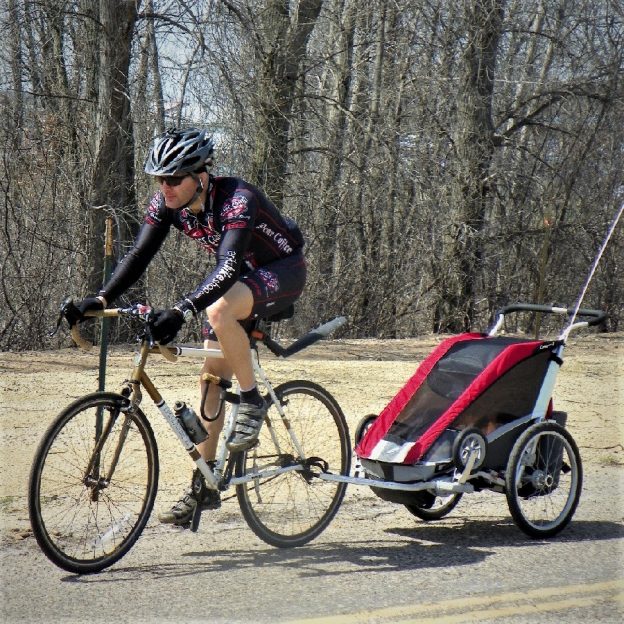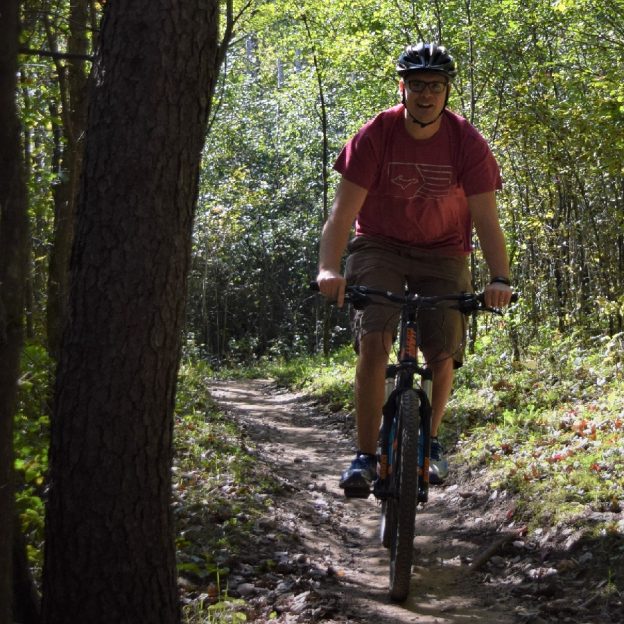Tag: Cycling Clothing
-

Bike Pic Nov 2, a peaceful Saturday morning bike ride with junior
This Saturday, bundle up junior and get him conditioned for the cooler weather ahead.
-

First thoughts and impressions of Sealskinz Socks
It was impossible to miss the Sealskinz booth at Interbike this year. There in the center of the exhibit was a huge tub of water with a woman standing in the middle wearing nothing on her feet but socks! When I asked if her feet were wet or cold, she responded casually “nope, I’ve been…
-

Wearing a cycling jersey can make your ride more comfortable
Wearing a cycling jersey isn’t a requirement for riding a bike, but wearing a jersey does make for a more comfortable ride. What’s so special about a cycling jersey? The answer is in its material, the fit and the features.

